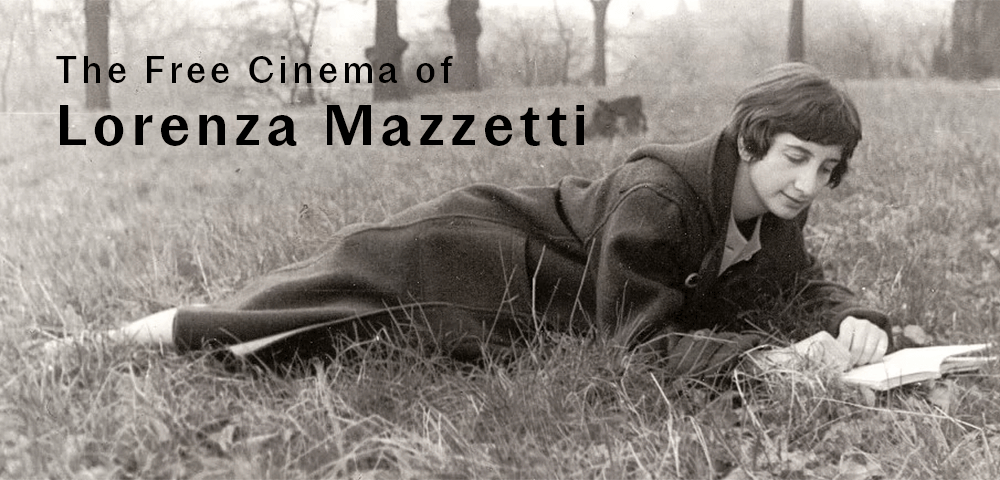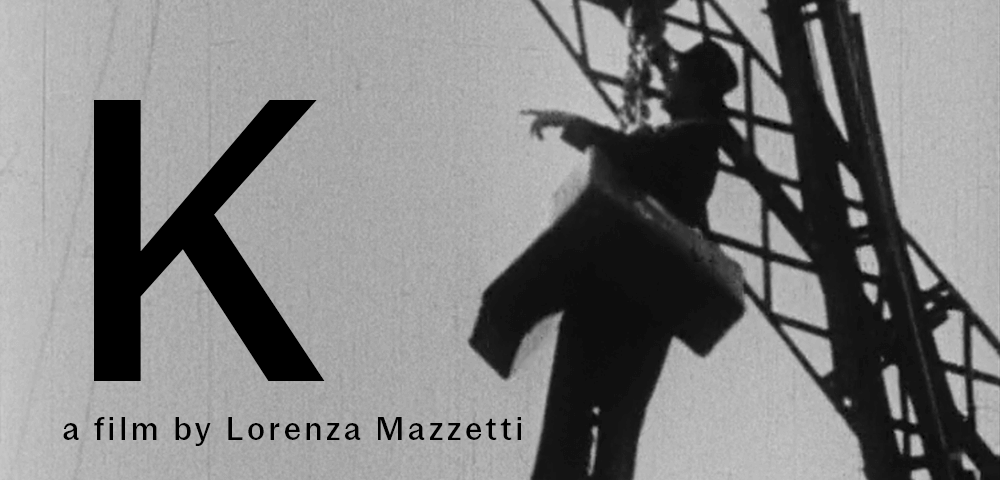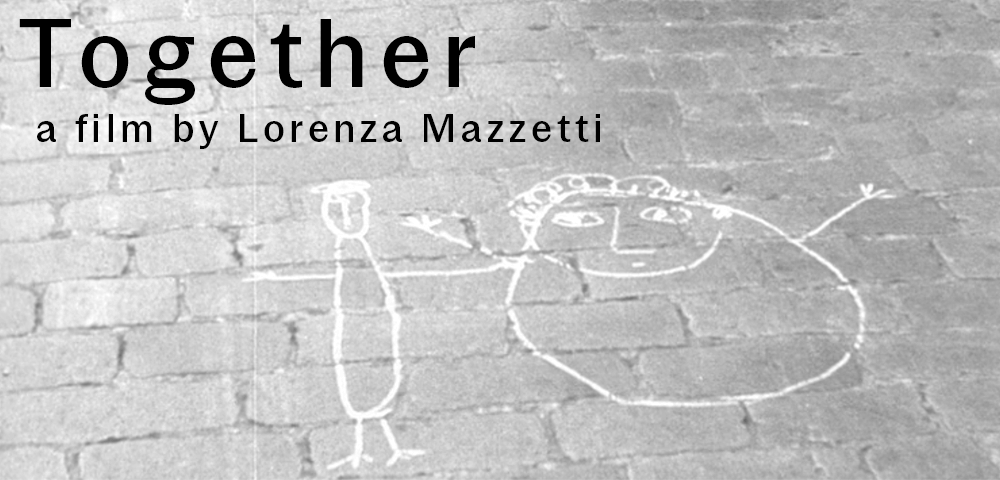
“These films were not made together; nor with the idea of showing them together. But when they came together, we felt they had an attitude in common. Implicit in this attitude is a belief in freedom, in the importance of people and the significance of the everyday.
As filmmakers we believe that:
– No film can be too personal.
– The image speaks. Sound amplifies and comments.
– Size is irrelevant. Perfection is not an aim.
– An attitude means a style. A style means an attitude.”
This was the manifesto of Free Cinema as written in 1956 by four friends and filmmakers: Lindsey Anderson, Karel Reisz, Tony Richardson, and Lorenza Mazzetti. Three of them – Anderson, Reisz, and Richardson – would all go on to become massively successful film artists in their own right, but Mazzetti’s career was less public and less mainstream. When she passed away in 2020 at 92 years of age, she left behind the legacy of a remarkable life and a small but powerful body of work that, when contrasted with her peers and collaborators, is largely underappreciated. She was a novelist, a filmmaker, a painter – and an intensely political ideologue who understood the importance of eschewing the power structures that contributed to the exploitation and suffering of people everywhere. Mazzetti herself narrowly escaped execution at the hands of Nazis in 1944. At the time, she was living with her cousin Robert Einstein (brother of Albert) and his family when retreating German officers slaughtered everyone in the house – Mazzetti was spared because she did not have a Jewish last name. This hellish experience colored Mazzetti’s life and would bring a theme of alienation into much of her work.
The two films presented in this program, K and Together, are some of Mazzetti’s earliest. Upon arriving in England, she practically forced her way into admission at the Slade School of Art, telling then principal William Coldstream that she should be let in because, in her words, “I am a genius!” He did as he was told. Later, without permission, Mazzetti “borrowed” film equipment to make K and flippantly told the development lab to bill the school directly. Coldstream allowed Mazzetti’s film to screen under the condition that the audience reaction would determine her future at the program. Not only did her peers applaud the work, but Denis Forman of the BFI was in attendance and offered her the option to make a film that she wasn’t risking jail time for. The result was Together – the first publicly funded film made in the UK by a woman director.
*Special thanks to Another Gaze Journal for their recent and much-needed reissue of Lorenza Mazzetti’s 1961 novel The Sky is Falling (Il cielo cade) and for their assistance in coordinating this program.*
SUNDAY, MARCH 3 – 7:30PM
SATURDAY, MARCH 16 – 7:30PM
SUNDAY, MARCH 31 – 7:30PM

K
Dir. Lorenza Mazzetti,1953
United Kingdom, 29 min.
In English
K is perhaps the first film adaptation of Franz Kafka’s 1915 novel The Metamorphosis. Mazzetti’s work here presaged the Free Cinema movement with her on-location shooting and inclusion of non-actors. She also crafted a rather humorous portrayal of Gregor Samsa owing much to the performance of the character by the late British painter Michael Andrews.

TOGETHER
Dir. Lorenza Mazzetti (with Denis Horne), 1956
United Kingdom, 51 min.
In English
Shot on 35mm and with a budget of only £2000, Together brought the aesthetics of Italian neo-realism to the British working class and was the only fiction film presented in the first Free Cinema program in 1956. The story follows two deaf friends living in a shoebox apartment in London’s East End as they walk each day to their factory jobs, on the way experiencing life in suspended silence. Throughout the film, the two men are hounded across barren bombed-out lots by rowdy children, dirty and smiling, whose real playground songs are a time capsule used as backdrop here in Mazzetti’s work. Sprawling across outdoor markets filled with buskers, beggars, produce stands, and street food and on into cramped bars, circus shows, and alleyways, Together is as much a documentation of a long gone part of London’s past as it is a heartbreaking tale of the alienation of outsiders.
